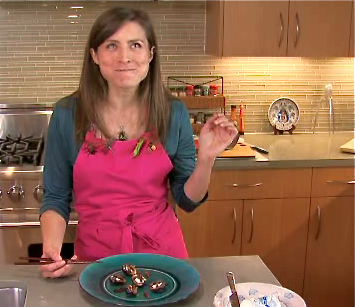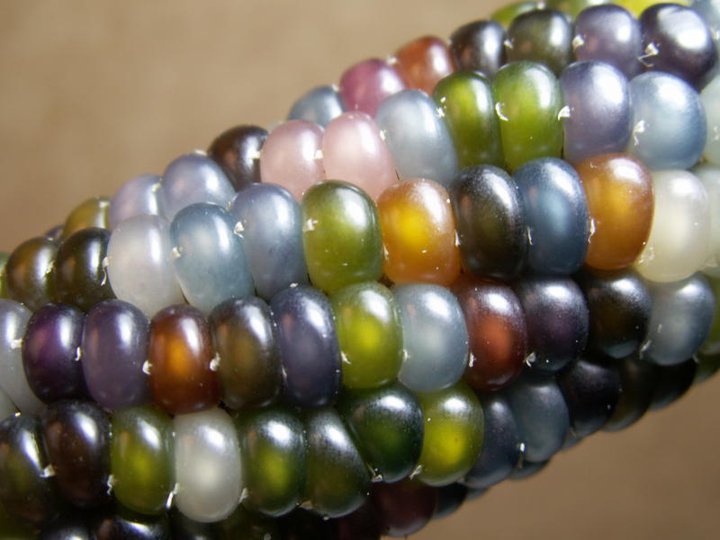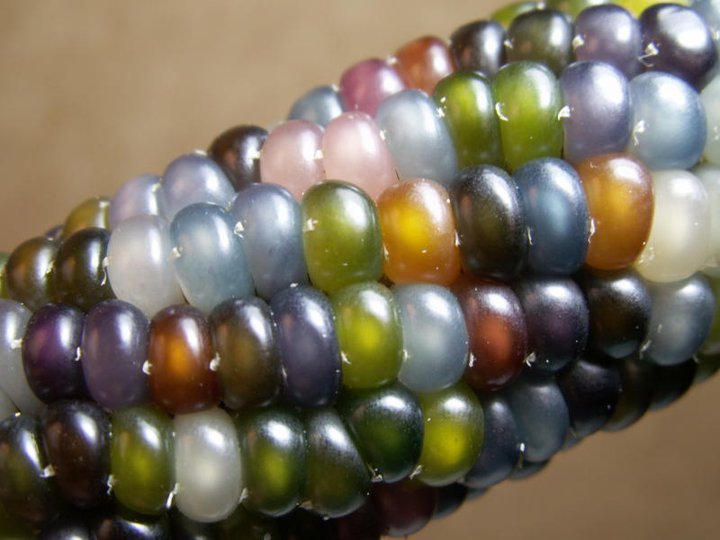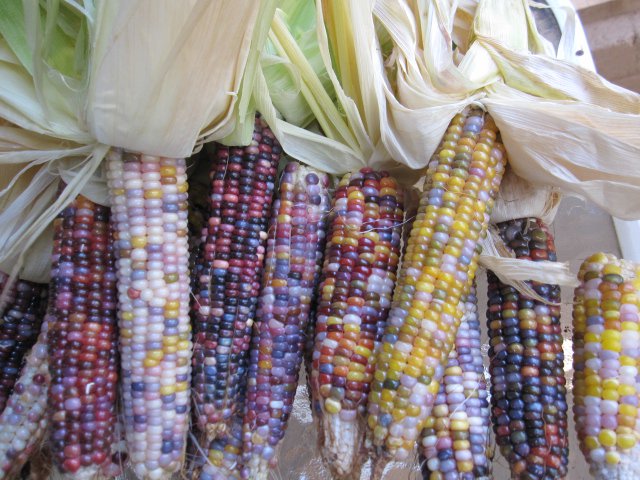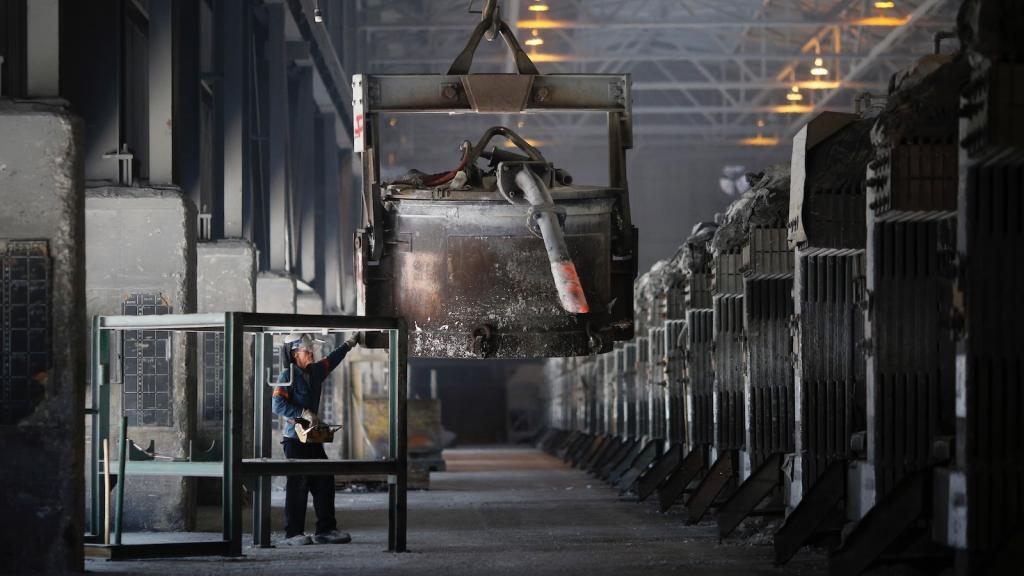“Glass Gem” corn looks almost CGI, but it actually comes out of the ground that way. It’s the product of a small farm and a retro, handcrafted approach to agriculture — “genetic modification” from back when genetic modification meant painstaking generations of selective breeding.
The corn was grown at Seeds Trust, a small family-owned Arizona seed company that’s committed to sustainable agriculture. Seeds Trust’s seeds are mostly open-pollinated, non-hybrid crops (thoroughly checked for contamination by GMO pollen), which they say is better for sustainable agriculture. The Glass Gem seeds were just brought in for babysitting, according to Seeds Trust president Bill McDorman:
Seedsman Greg Schoen got the seed from Carl Barnes, a part-Cherokee man, now in his 80s, in Oklahoma. He was Greg’s “corn-teacher”. Greg was in the process of moving last year and wanted someone else to store and protect some of his seeds. He left samples of several corn varieties, including glass gem. I grew out a small handful this past summer just to see. The rest, as they say is history. I got so excited, I posted a picture on Facebook. We have never seen anything like this.
Of course, like most of us, Glass Gem corn looks better when moodily lit, but in the light of day it’s still pretty fly:
The Seeds Trust Facebook page is being inundated with requests for seeds, but there aren’t enough to sell — McDorman had said there might be some in August 2011, but that ship has long sailed. That’s the flip side of this kind of small-batch seed production, of course. When your corn isn’t factory-farmed and your seeds aren’t mass-manufactured, each ear is exactly what it looks like: a work of art.
